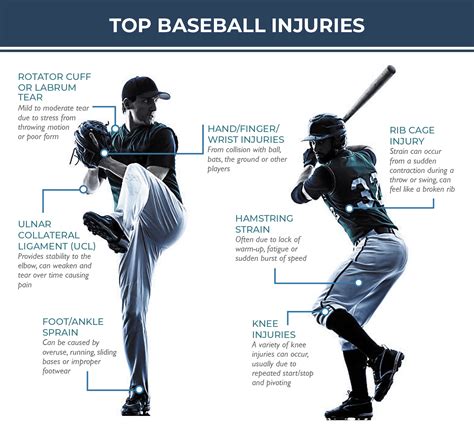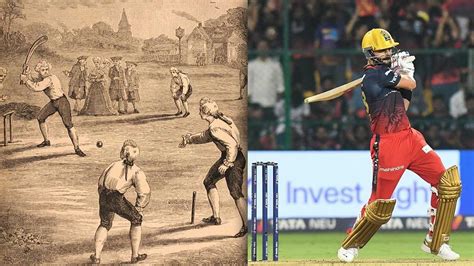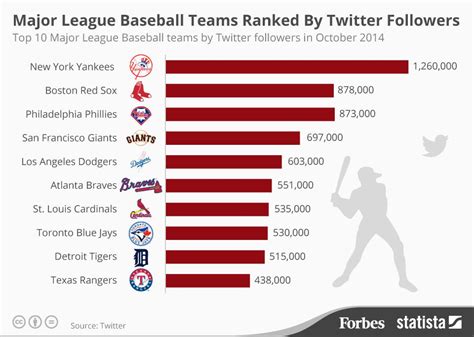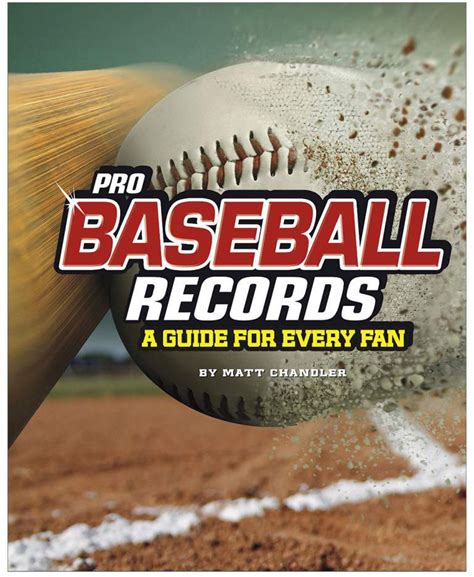Explore common baseball injuries, prevention strategies, warm-up techniques, recovery tips, and long-term effects to ensure player safety and health.Baseball is a beloved sport that captivates millions, but it also comes with its fair share of risks. From sprained ankles to shoulder injuries, understanding injuries in baseball players is crucial for athletes at every level. This article explores effective strategies for preventing injuries, including the importance of proper warm-up techniques, and provides essential recovery tips to help players bounce back stronger. Additionally, we delve into the long-term effects of injuries in baseball, ensuring that players are well-informed about their management as they navigate their athletic journeys. Whether you’re a player, coach, or enthusiast, these insights will equip you with the knowledge to protect yourself and enhance your game. Read on to discover valuable prevention and recovery tips, helping you stay in the game and out of the doctor’s office.
Understanding Common Injuries In Baseball Players
Baseball is a sport that requires a unique combination of strength, agility, and precision, making it susceptible to various injuries in athletes. Recognizing the most common injuries can help players, coaches, and medical staff implement effective prevention and recovery strategies. Here are some of the most prevalent injuries encountered in baseball:
- Shoulder Injuries: These often occur due to repetitive motions and overuse, affecting pitchers and position players alike. Common shoulder injuries include rotator cuff tears and labral tears.
- Elbow Injuries: Like shoulder injuries, elbow issues such as ulnar collateral ligament (UCL) tears are particularly common among pitchers. This injury is often associated with the repetitive throwing motion.
- Hamstring Strains: Fast sprints and abrupt directional changes can lead to hamstring strains, which are prevalent during base running and fielding.
- Wrist and Hand Injuries: These injuries can result from getting hit by a pitch or from the impact of a bat. Fractures and sprains are common among both hitters and fielders.
- Groin Strains: The need for quick lateral movements can lead to groin strains, affecting a player’s ability to run and field effectively.
- Back Pain: This can stem from poor mechanics, overexertion, or improper lifting, with many players experiencing lower back pain due to strain.
Being aware of these common injuries in baseball players is crucial for implementing proper training regimes and effective rehabilitation protocols. Recognizing the signs and symptoms associated with these injuries allows players to seek timely medical intervention, ultimately enhancing their chances for a full recovery and continued participation in the sport.
Effective Strategies For Preventing Injuries In Baseball
Preventing injuries in baseball is crucial for athletes of all levels, from amateur players to professionals. Implementing effective strategies can significantly reduce the risk of injury and enhance performance on the field. Here are some key strategies to consider:
- Develop a Comprehensive Training Program: A well-rounded training program should focus on strength, flexibility, and endurance. Incorporating various exercises that target different muscle groups can help athletes build resilience against injuries.
- Focus on Sport-Specific Drills: Baseball players should engage in drills that mimic the motions they perform during games, such as throwing, hitting, and running. This specificity prepares their bodies for the demands of the sport.
- Encourage Proper Technique: Teaching proper mechanics for throwing, batting, and fielding can greatly reduce the risk of injury. Coaches should emphasize technique and provide feedback to ensure players are moving correctly.
- Implement Rest Days: Adequate rest is essential for recovery and injury prevention. Players should incorporate rest days into their training schedules to allow their bodies to recover fully.
- Stay Hydrated and Maintain Nutrition: Hydration and proper nutrition play a pivotal role in an athlete’s ability to perform and recover. Encouraging players to stay hydrated and eat balanced meals can aid in injury prevention.
- Use Proper Equipment: Wearing the right gear, including supportive footwear and protective equipment, is vital for the safety of players. Ensuring that equipment fits well and is appropriate for the level of play can minimize risks.
- Monitor Players for Signs of Fatigue: Coaches should keep an eye on players’ physical conditions. Recognizing signs of fatigue or overuse can prompt adjustments to training and game participation, reducing the likelihood of injuries.
- Encourage Communication: Players should feel comfortable discussing any pain or discomfort they experience. Open communication with coaches and medical staff can lead to early intervention and successful injury management.
By employing these strategies, players can significantly lower their risk of experiencing injuries in baseball, ensuring they stay healthy and perform at their best throughout the season.
Importance Of Proper Warm-Up Techniques To Avoid Injuries
Injuries in baseball can often be minimized with the right precautions, and one of the most crucial steps players can take is incorporating proper warm-up techniques. Warming up prepares the body for the physical demands of the game, increasing blood flow to the muscles and enhancing flexibility.
Here are some key benefits and techniques associated with effective warm-up routines:
| Benefit | Description |
|---|---|
| Increased Blood Flow | Warm-up techniques enhance circulation, ensuring that muscles receive adequate oxygen and nutrients during activity. |
| Enhanced Flexibility | Dynamic stretches and movements improve the range of motion in joints, which is essential for preventing injuries in. |
| Injury Prevention | By engaging muscles and joints gradually, warm-ups help to avoid strains, sprains, and other common injuries in baseball. |
| Mental Preparation | A proper warm-up helps athletes focus mentally on the upcoming game, improving performance and reducing the risk of errors. |
Effective warm-up techniques include:
- Dynamic Stretching: Engage in movements that mimic the sport’s demands, such as lunges, arm circles, and leg swings.
- Sport-Specific Drills: Incorporate drills that enhance skills relevant to baseball, such as throwing, catching, and base running.
- Gradual Intensity Increase: Start with light activities and gradually ramp up to game-level intensity to prepare the body effectively.
Incorporating these warm-up techniques into a regular routine not only reduces the chances of injuries in baseball but also lays a strong foundation for athletes to perform at their best. Proper preparation ultimately leads to a safer and more enjoyable experience on the field.
Recovery Tips For Injuries In Baseball: What You Need To Know
Recovering from injuries in baseball requires a multifaceted approach to ensure athletes return to their best physical condition without risking further injury. Here are essential recovery tips tailored to baseball players:
- Rest and Recover: Allow sufficient time for the body to heal. Avoid rushing back into games or practice too soon.
- Ice and Compression: Use ice packs to reduce inflammation and swelling. Compression bandages can provide support and further aid recovery.
- Physical Therapy: Engage in physical therapy to regain strength and flexibility. A therapist can provide tailored exercises aimed at the specific injury.
- Gradual Reintroduction: Once able, gradually reintroduce activities to avoid re-injury. Start with light practice before advancing to more strenuous actions.
- Nutritional Support: A balanced diet rich in protein, vitamins, and minerals assists the healing process. Consider incorporating anti-inflammatory foods to help minimize swelling.
- Hydration: Maintain proper hydration as it is vital for muscle recovery and overall health.
- Listen to Your Body: Pay attention to pain signals. If discomfort persists, it’s crucial to consult with a healthcare professional.
- Maintain Fitness: Engage in low-impact exercises that do not strain the injured area to maintain general fitness during recovery.
Implementing these recovery tips can significantly enhance healing and prepare players for a successful return to the field while mitigating the risk of recurrent injuries in baseball.
Long-Term Effects Of Injuries In Baseball And Their Management
Injuries in baseball can have significant long-term effects that extend beyond the immediate physical damage. Understanding these consequences is crucial for players, coaches, and healthcare professionals to ensure proper management and rehabilitative strategies.
One of the most common injuries in baseball is to the shoulder and elbow, particularly those associated with pitchers. Chronic conditions, such as rotator cuff tears or ulnar collateral ligament injuries, can lead to persistent pain, reduced range of motion, and limitations in performance. Moreover, these injuries can create a cycle of recurring issues if not appropriately managed. Early intervention and a structured rehabilitation program can significantly influence the long-term outcome.
Another crucial aspect to consider is the psychological impact of sustained injuries. Players may experience anxiety and fear of re-injury, which can affect their performance and overall enjoyment of the game. Mental health should be a critical component of the treatment process, addressing both the physical healing and the psychological aspects associated with recovery.
To effectively manage long-term injuries in baseball, it is essential to:
- Implement a personalized rehabilitation program that focuses on strength, flexibility, and stability.
- Conduct regular assessments to monitor healing and adjust treatment plans as necessary.
- Educate players about proper techniques and body mechanics to avoid future injuries.
- Encourage a multidisciplinary approach involving trainers, physical therapists, and mental health professionals.
While injuries in baseball are often considered transient, their consequences can be lasting. With diligent management and support, players can mitigate these effects and return to the game stronger than before.
Frequently Asked Questions
What are the most common injuries in baseball?
The most common injuries in baseball include shoulder injuries, elbow injuries (such as Tommy John surgery), hamstring strains, and ankle sprains.
How can players prevent injuries during baseball season?
Players can prevent injuries by maintaining a proper warm-up routine, using correct techniques, staying hydrated, and ensuring they have adequate rest between games.
What role does strength training play in injury prevention for baseball players?
Strength training plays a crucial role in injury prevention by enhancing muscle stability, improving overall strength, and reducing the likelihood of strains and sprains during activities.
What should a player do if they experience pain during a game?
If a player experiences pain during a game, they should immediately stop playing, inform their coach or trainer, and seek medical evaluation to determine the severity of the injury.
How important is proper pitching technique in preventing injuries?
Proper pitching technique is extremely important in preventing injuries, particularly in the shoulder and elbow, as improper mechanics can lead to excessive strain and long-term damage.
What are some effective recovery methods for injured baseball players?
Effective recovery methods for injured baseball players include rest, physical therapy, ice therapy, compression, elevation, and following a structured rehabilitation program.
Can nutrition impact a baseball player’s recovery from injuries?
Yes, nutrition can significantly impact recovery as a balanced diet rich in protein, vitamins, and minerals helps in tissue repair and overall healing, enhancing a player’s recovery process.









